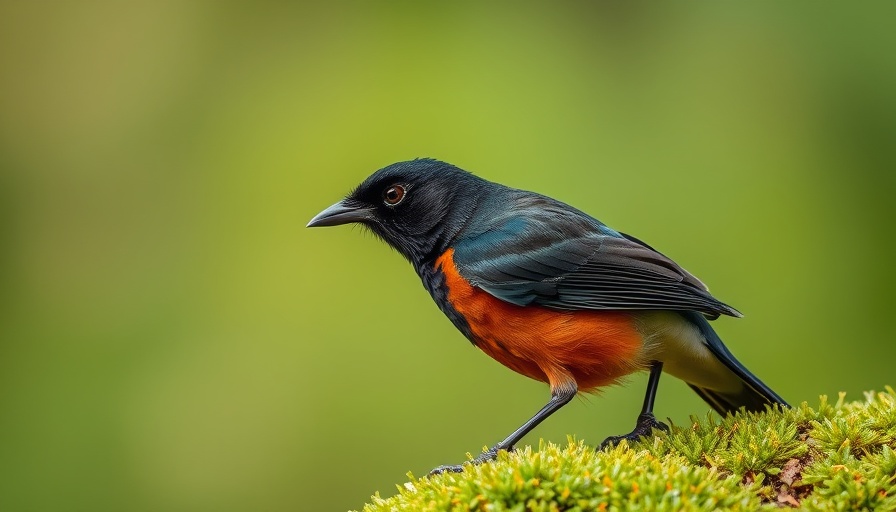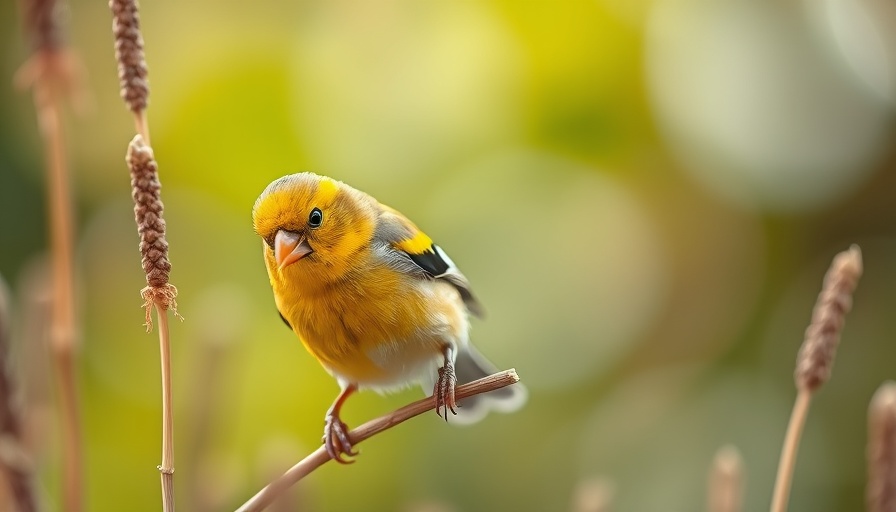
Discovering the Beauty of Black and Brown Birds
Bird enthusiasts often find themselves captivated by the multitude of colors displayed in the avian world. Among the more understated hues are black and brown, which are common yet often overlooked. From the sleek Common Grackle to the majestic Wild Turkey, these birds bring a unique charm to our landscapes.
Spotlight on Unique Bird Species
Among the remarkable species, the Common Grackle stands out with its glossy plumage and intriguing personality. While they may appear black from a distance, a closer look reveals iridescent purple heads and golden eyes, radiating a striking beauty that demands attention.
Another fascinating bird is the Wild Turkey, known for its impressive size and colorful metallic plumage. Males showcase their bare necks that change color based on their mood—an impressive feature that showcases their diverse personality traits.
The Northern Flicker, a large woodpecker, is unconventional as it primarily forages on the ground for ants and beetles. Their unique color flashes when flying—yellow in the East and red in the West—adds to their charm and helps in identification.
A Closer Look at the Eastern Towhee
Next, we have the Eastern Towhee, which sports a vibrant rust-colored underbelly against a dark upper body, adding a striking contrast. This bird is generally seen hopping around on the ground, searching for seeds and insects.
Understanding Bird Colors and Their Significance
The colors of birds play a crucial role in mate attraction and camouflage. For instance, male birds with pronounced colors often attract mates through these vivid displays. On the other hand, brown and black hues serve as brilliant adaptations for blending in with their surroundings, ensuring safety from predators.
Why Birdwatching Matters
Birdwatching is not just a recreational activity—it fosters a connection to nature and promotes conservation. Knowing how to identify birds by color can aid enthusiasts in appreciating biodiversity and understanding the environmental factors affecting our feathered friends.
Actionable Tips for Birdwatching
To enhance your birdwatching experience, invest in a field guide specific to your region. Utilize apps to identify birds by color and song, and always carry binoculars for a closer look. Observing the behavior and habitats of these birds can deepen your understanding and enjoyment of this hobby.
Final Thoughts
Exploring the world of black and brown birds unlocks a treasure trove of beauty and intrigue. The next time you head out, take a moment to appreciate these often unnoticed creatures. They are not just birds; they are symbols of the ecological tapestry that surrounds us.
Join the community of bird lovers by embracing birdwatching! Every outing provides a chance for conservation and discovery.
 Add Row
Add Row  Add
Add 




Write A Comment